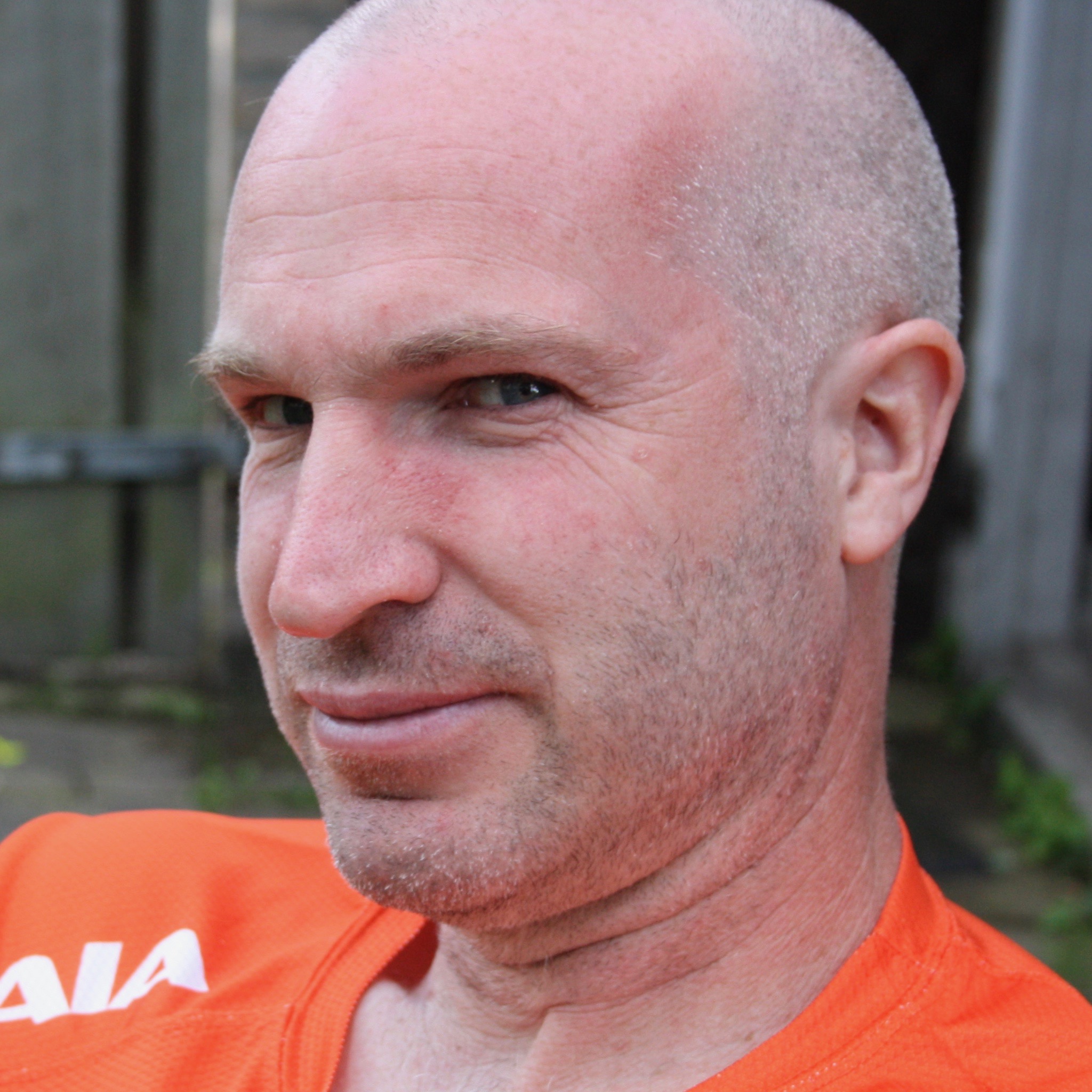One thing I dislike about quantum mechanics is that it encourages journalists to overuse words like "mysterious" and "spooky." Given that we can model quantum systems to an accuracy that would make a god cry, where is the mystery?
I personally blame Schrödinger and his eponymous cat. That thought experiment, combined with an ever-increasing body of experimental results, shows just how subtle quantum mechanics is. Rather than admitting a lack of understanding, some journalists seem to use Schrödinger’s cat as a get-out-of-explaining-for-free card.
No doubt the words "mysterious" and "spooky" are going to turn up again regarding an experiment that, according to its press release, shows how to predict when Schrödinger’s cat is about to die. The experiment is really only tangentially related to Schrödinger’s cat; instead, it shows how no matter how well you understand quantum mechanics, there is always another layer to peel back and explore.
Forget about cats
Instead of talking about cats, I’m going to talk about atoms and the way they behave. Imagine you have an atom sitting in space. Nothing will disturb the atom except me. I have a trusty light source that emits single photons that I can use to excite the atom.
Since I’ve done nothing (yet), the atom is completely relaxed and in the ground state. I blast the atom with a single photon. In doing so, my knowledge about the atom reduces. There is a possibility that the atom absorbed the photon and is now in a higher energy state, but the photon may have simply gone straight past the atom, leaving it in its current state. To predict the atom’s behavior, I have to take my lack of knowledge into account by describing the atom as being both in an excited state and being in its ground state. This is called a superposition state.


 Loading comments...
Loading comments...
